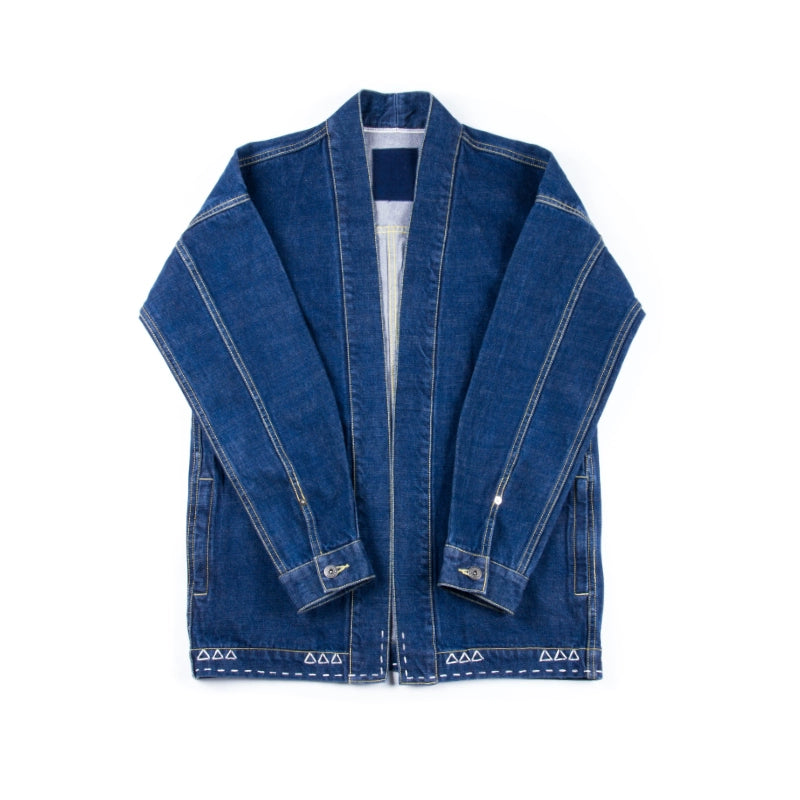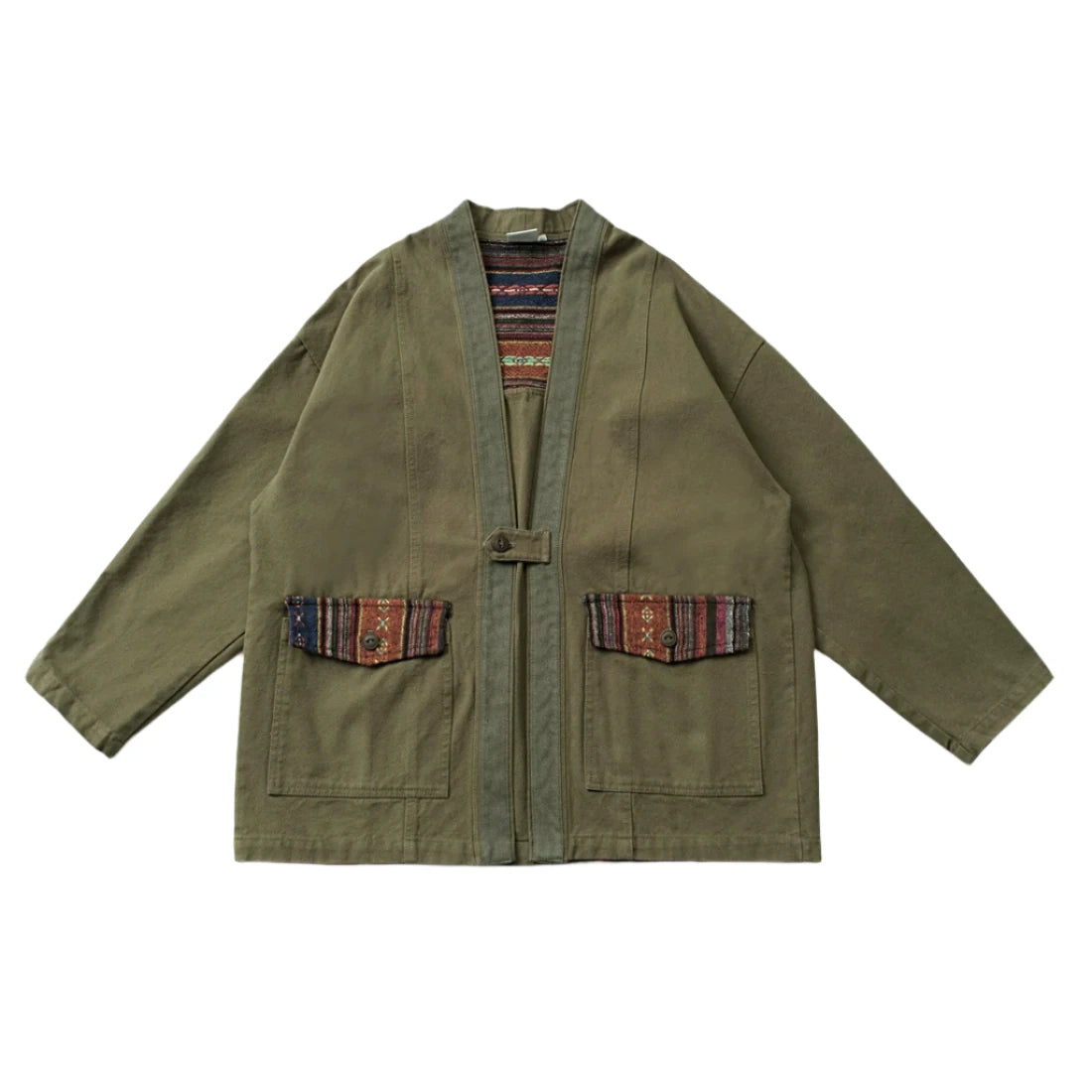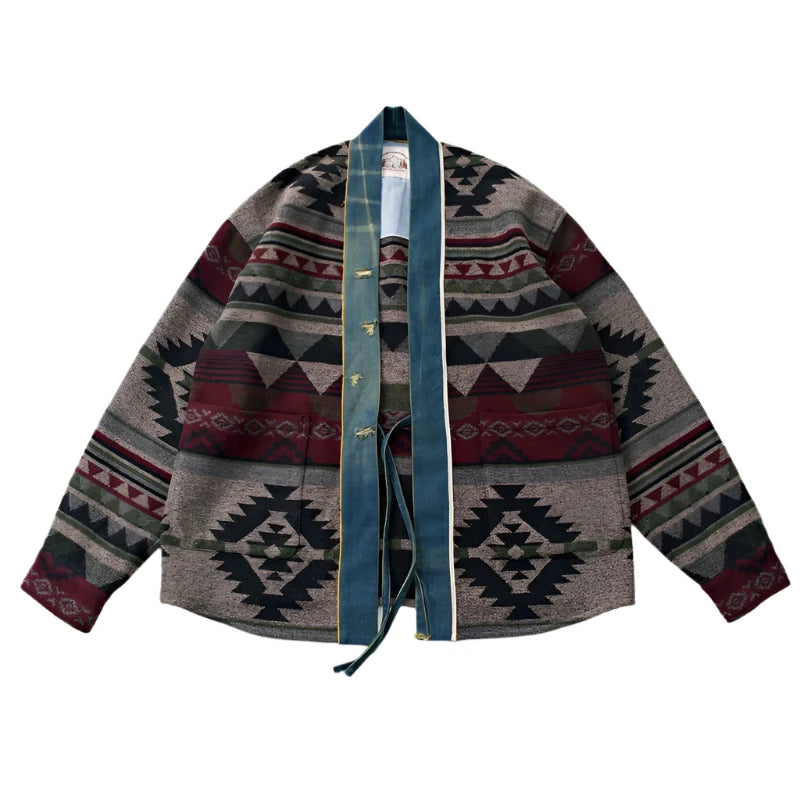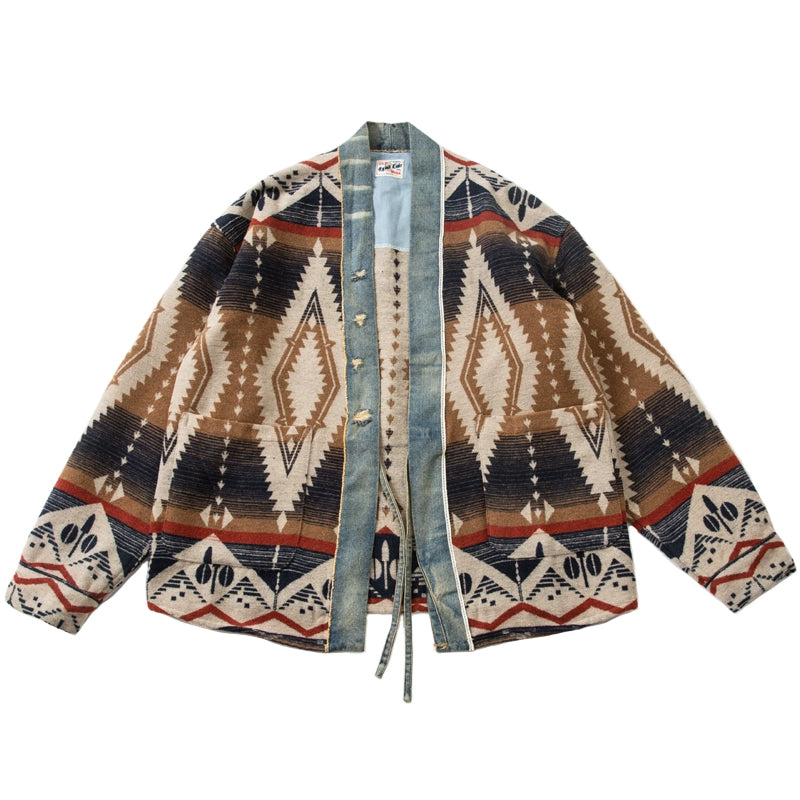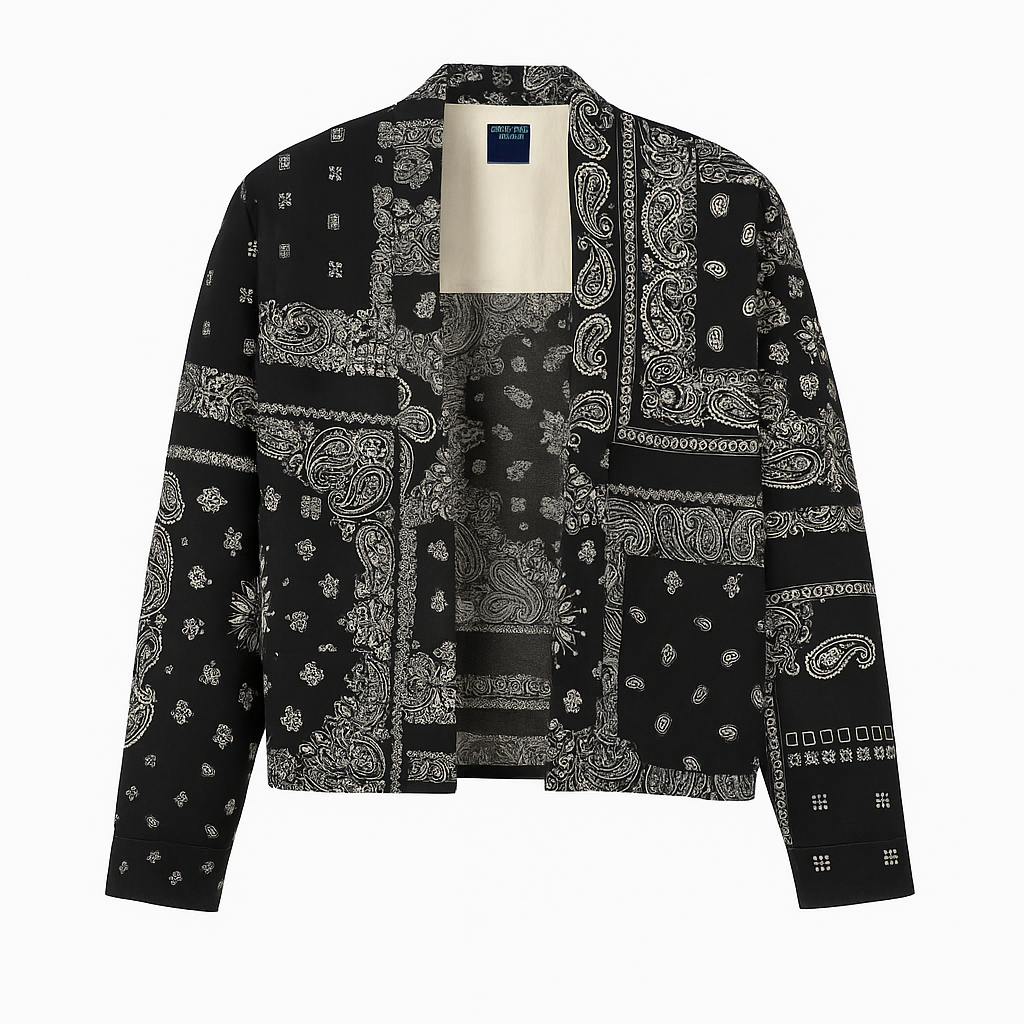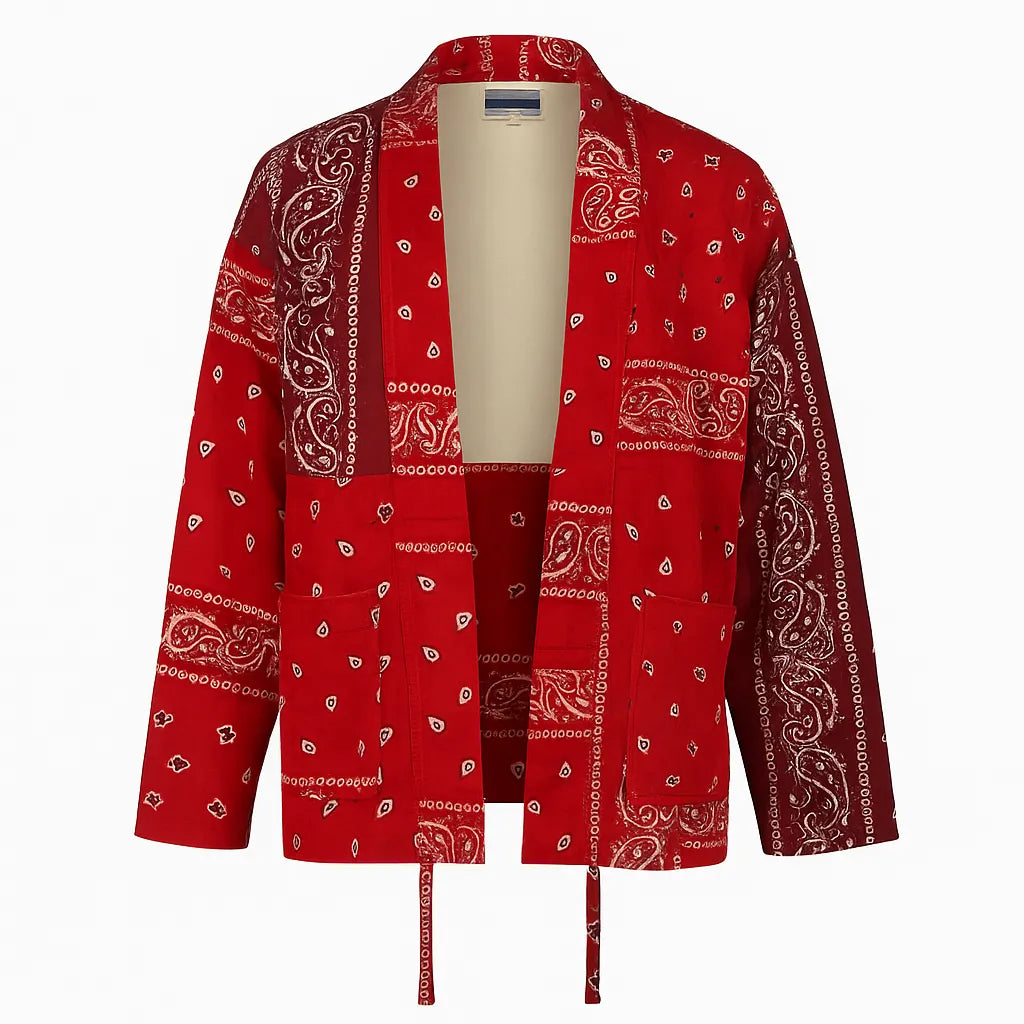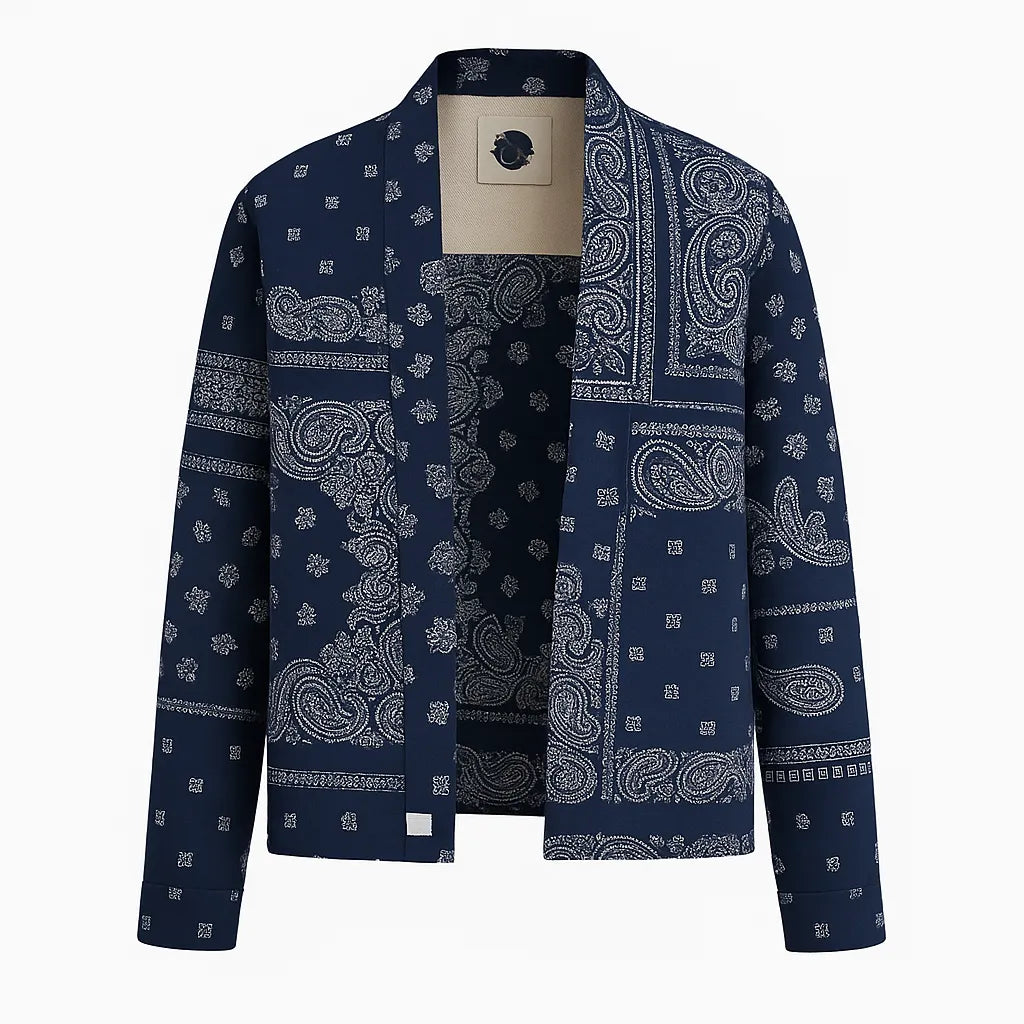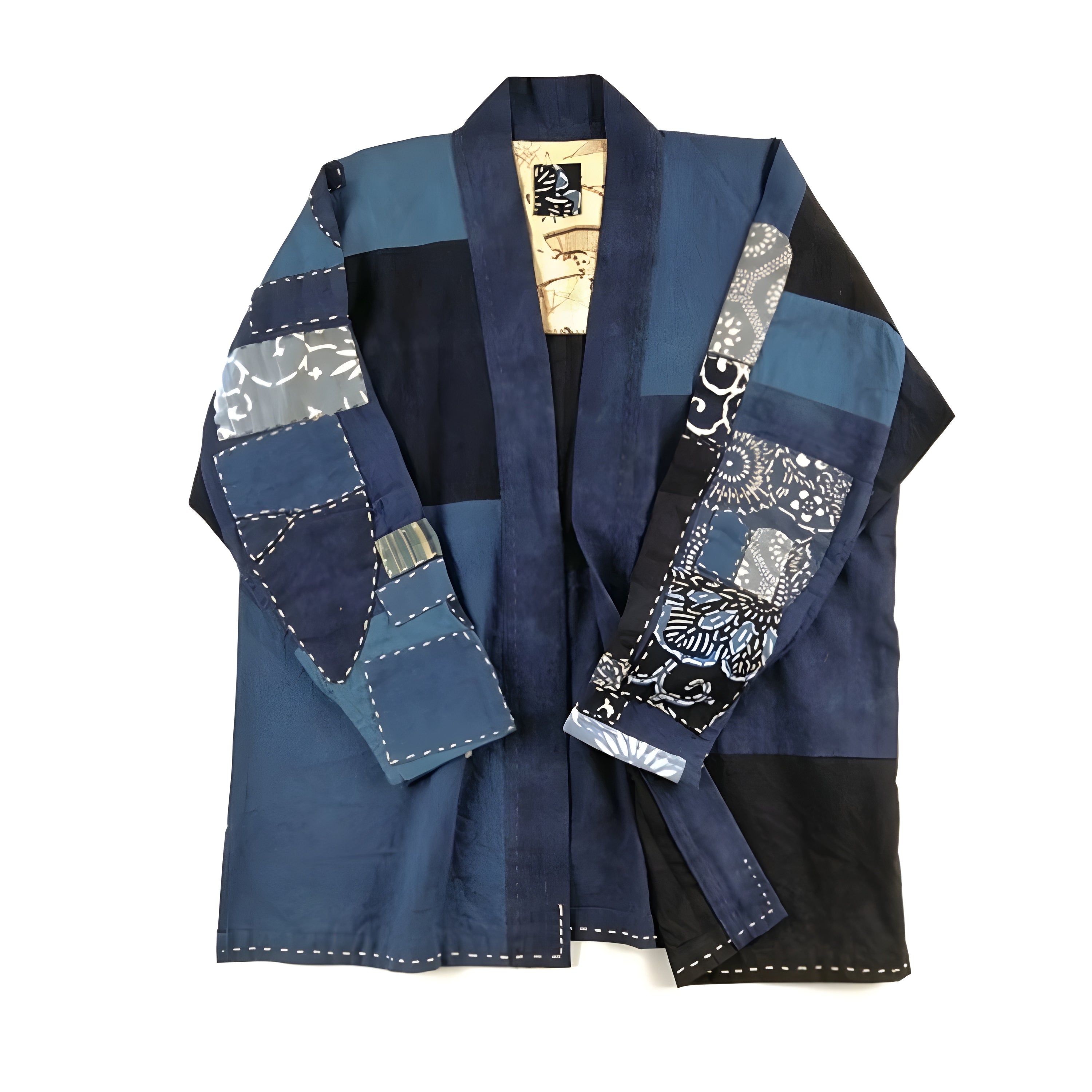
Japanese Streetwear: From Urahara's Streets to Global Fashion Influence | Ultimate Guide
In the vibrant streets of Tokyo's Urahara district during the 1990s, a revolutionary fashion movement took root that would forever transform global street style. I've witnessed how this cultural phenomenon, born from the fusion of American casual wear and Japanese craftsmanship, has evolved into what we now recognize as Japanese streetwear.
Japanese streetwear isn't just about clothing - it's a fascinating blend of traditional elements and modern urban culture. From the intricate sashiko stitching patterns to the reimagined silhouettes of classic noragi jackets and hakama pants, these designs tell a story of cultural preservation through innovation. The iconic sukajan jackets, with their elaborate embroidery, and the carefully crafted boro textiles represent more than fashion statements - they're artifacts of Japan's rich textile heritage adapted for contemporary expression.
The Evolution of Japanese Streetwear Culture
Japanese streetwear culture emerged from a unique fusion of traditional craftsmanship and modern urban aesthetics. The movement transformed from local street fashion into a global phenomenon, influencing designers and fashion enthusiasts worldwide.
Historical Origins and Influences
Japanese streetwear originated in Tokyo's fashion districts during the 1980s, incorporating elements from traditional Japanese clothing. Craftsmen adapted ancient techniques like Sashiko stitching into modern garments, creating distinctive patterns and textures. The integration of traditional pieces such as noragi jackets and haori evolved into contemporary interpretations, establishing a bridge between Japan's past and present fashion sensibilities.
| Era | Key Development | Impact |
|---|---|---|
| 1980s | Traditional craftsmanship integration | Enhanced durability and unique aesthetics |
| 1990s | Boro textile revival | Sustainability focus in streetwear |
| 2000s | Global recognition | Influence on international fashion |
Cultural Impact on Global Fashion
Japanese streetwear revolutionized global fashion through its emphasis on quality and attention to detail. The movement introduced iconic pieces like sukajan jackets and Japanese denim jackets, characterized by superior craftsmanship and innovative design elements. These garments gained recognition for their unique construction techniques and cultural significance, inspiring international designers to incorporate Japanese design principles into their collections.
- Integration of Sashiko stitching in contemporary streetwear pieces
- Adaptation of traditional kimono elements into modern silhouettes
- Revival of boro textiles in sustainable fashion practices
- Incorporation of traditional craftsmanship in Japanese denim production
Key Elements of Japanese Street Style
Japanese street style encompasses distinctive design elements that blend cultural heritage with contemporary fashion innovations. These elements create a unique aesthetic that sets Japanese streetwear apart in the global fashion landscape.
Mixing Traditional and Modern Elements
Japanese streetwear integrates traditional garments with modern silhouettes to create distinctive looks. The noragi, a traditional farmer's jacket, appears in contemporary designs with updated materials and styling. Boro textiles, characterized by visible patch-working and repair techniques, merge with modern garments to showcase sustainability in fashion. Sashiko stitching adds decorative yet functional elements to denim pieces, while traditional kimono and haori influences appear in modern jacket designs.
Signature Aesthetics and Design Principles
Japanese streetwear emphasizes superior craftsmanship through meticulous attention to detail. Japanese denim jackets showcase precise construction techniques with selvedge details and custom hardware. Sukajan jackets feature intricate embroidery that combines traditional Asian motifs with contemporary graphics. Design elements include:
- Layering multiple pieces with varied lengths and textures
- Incorporating asymmetrical cuts in traditional-modern fusion pieces
- Utilizing high-quality materials with precise stitching patterns
- Applying traditional techniques to contemporary silhouettes
- Featuring oversized proportions balanced with structured elements
| Design Element | Function |
|---|---|
| Sashiko Stitching | Reinforces fabric while adding decorative patterns |
| Boro Techniques | Creates unique textile patterns through patch-working |
| Traditional Hardware | Adds authenticity through metal details and closures |
| Custom Embroidery | Combines cultural motifs with modern designs |
| Selvedge Construction | Ensures garment durability and quality |
Most Influential Japanese Streetwear Movements
Japanese streetwear movements emerge from distinct urban subcultures, each contributing unique elements to the fashion landscape. The movements reflect Japan's ability to blend traditional craftsmanship with modern street culture, creating distinctive styles that influence global fashion trends.
Harajuku Fashion Scene
The Harajuku district in Tokyo stands as the epicenter of Japanese street fashion, showcasing an eclectic mix of styles since the 1960s. Young fashion enthusiasts gather in this vibrant neighborhood, mixing traditional pieces like kimono-inspired tops with contemporary streetwear elements. The district's signature style incorporates layered clothing, asymmetrical cuts, and bold accessories, often integrating traditional items such as haori jackets into modern outfits.
Key fashion elements from Harajuku include:
- Custom embroidered sukajan jackets featuring traditional Japanese motifs
- Modern interpretations of noragi workwear jackets
- Innovative styling of traditional hakama pants
- Creative layering techniques using bandana shirts and jackets
Techwear and Urban Utility
The techwear movement represents a modern evolution in Japanese streetwear, combining technical functionality with urban aesthetics. This style emphasizes:
- Water-resistant fabrics integrated with traditional Japanese craftsmanship
- Tactical design elements merged with pleated trousers and shirts
- Utility-focused garments featuring multiple pockets and adjustable components
- Technical outerwear inspired by traditional Japanese leather jacket construction
- Taped seams for weather protection
- GORE-TEX materials in earth-tone color palettes
- Functional toggles and adjustment points
- Minimalist designs with hidden storage solutions
Popular Subgenres and Styles
Japanese streetwear encompasses distinct subgenres that reflect various cultural influences and design philosophies. Each style category features unique characteristics that contribute to the diverse landscape of Japanese street fashion.
Minimal and Avant-Garde
The minimal and avant-garde subgenre emphasizes clean lines and experimental silhouettes. Japanese designers incorporate asymmetrical cuts with monochromatic color schemes to create striking visual contrasts. Key elements include:
- Oversized pleated shirts paired with slim-fit pleated trousers
- Deconstructed haori-inspired jackets with modern tailoring
- Architectural layering techniques using lightweight fabrics
- Technical materials combined with traditional textile patterns
- Geometric shapes integrated into garment construction
- Boro-textured jackets featuring visible Sashiko stitching patterns
- Noragi-style outerwear adapted from historical farming clothes
- Japanese denim jackets with selvedge construction details
- Modified hakama pants with contemporary pocket designs
- Bandana shirts incorporating traditional indigo dyeing methods
| Style Element | Traditional Origin | Modern Application |
|---|---|---|
| Sashiko | Reinforcement technique | Decorative stitching |
| Boro | Mending method | Intentional patchwork |
| Noragi | Farm wear | Street jacket style |
| Hakama | Formal wear | Casual wide-leg pants |
The Future of Japanese Streetwear
Japanese streetwear continues to evolve through innovative applications of traditional craftsmanship techniques in modern garments. Contemporary designers integrate sashiko stitching patterns into technical fabrics while reimagining boro textile concepts through sustainable manufacturing processes.
Digital integration transforms how traditional pieces like noragi jackets adapt to modern wardrobes:
- Smart fabrics incorporate heating elements into haori-inspired outerwear
- Augmented reality displays showcase historical kimono patterns on contemporary cuts
- Digital customization platforms enable personalized sashiko embroidery designs
- Sustainable tech materials blend with traditional Japanese denim construction
Sustainability drives future developments in Japanese streetwear production:
| Sustainable Initiative | Implementation Rate | Projected Growth |
|---|---|---|
| Recycled Fabrics | 45% | 78% by 2025 |
| Traditional Craft Integration | 65% | 82% by 2025 |
| Digital Manufacturing | 35% | 90% by 2025 |
| Circular Design Models | 28% | 75% by 2025 |
Cultural preservation merges with technological advancement through:
- AI-powered pattern generation based on traditional textile designs
- Blockchain authentication of artisanal craftsmanship techniques
- Digital archives preserving traditional construction methods
- Virtual reality experiences showcasing historical garment evolution
- 3D-printed components enhance traditional pleated shirt structures
- Biomaterials recreate traditional textures in sustainable ways
- Smart sensors integrate with traditional layering techniques
- Digital printing replicates hand-crafted boro patterns
Conclusion
Japanese streetwear stands as a testament to the incredible fusion of tradition and innovation. I've seen how this dynamic style continues to shape global fashion through its unique blend of cultural heritage and modern aesthetics.
The movement's commitment to craftsmanship quality and sustainable practices has set new standards in the fashion industry. From the streets of Harajuku to international runways I've witnessed how Japanese design principles have revolutionized the way we approach street fashion.
As we look to the future I'm excited to see how emerging technologies and traditional techniques will continue to evolve together creating even more groundbreaking designs that honor Japan's rich textile heritage while embracing modern innovation.
